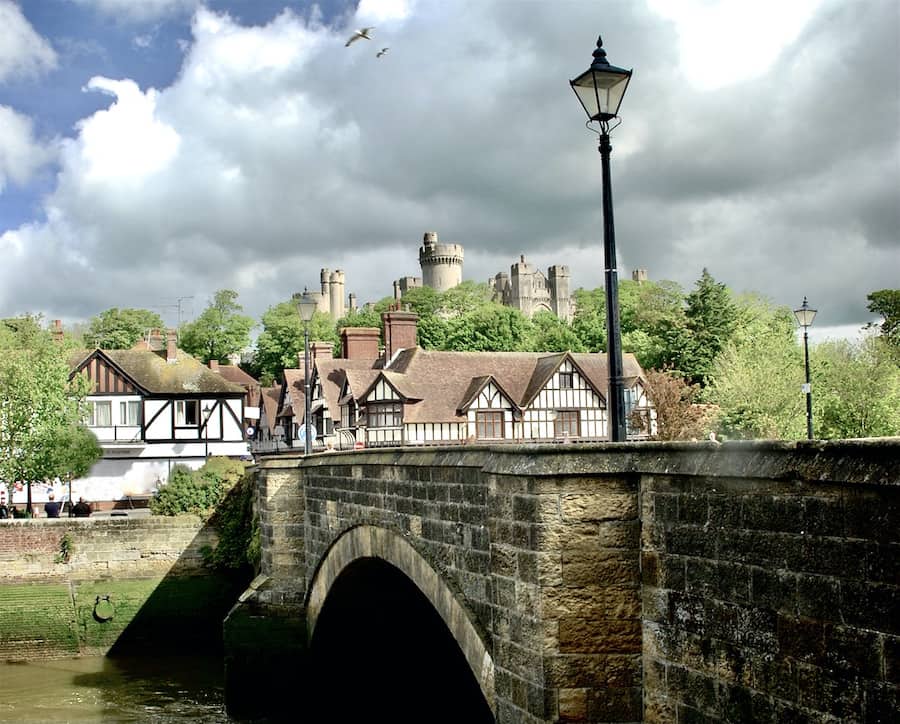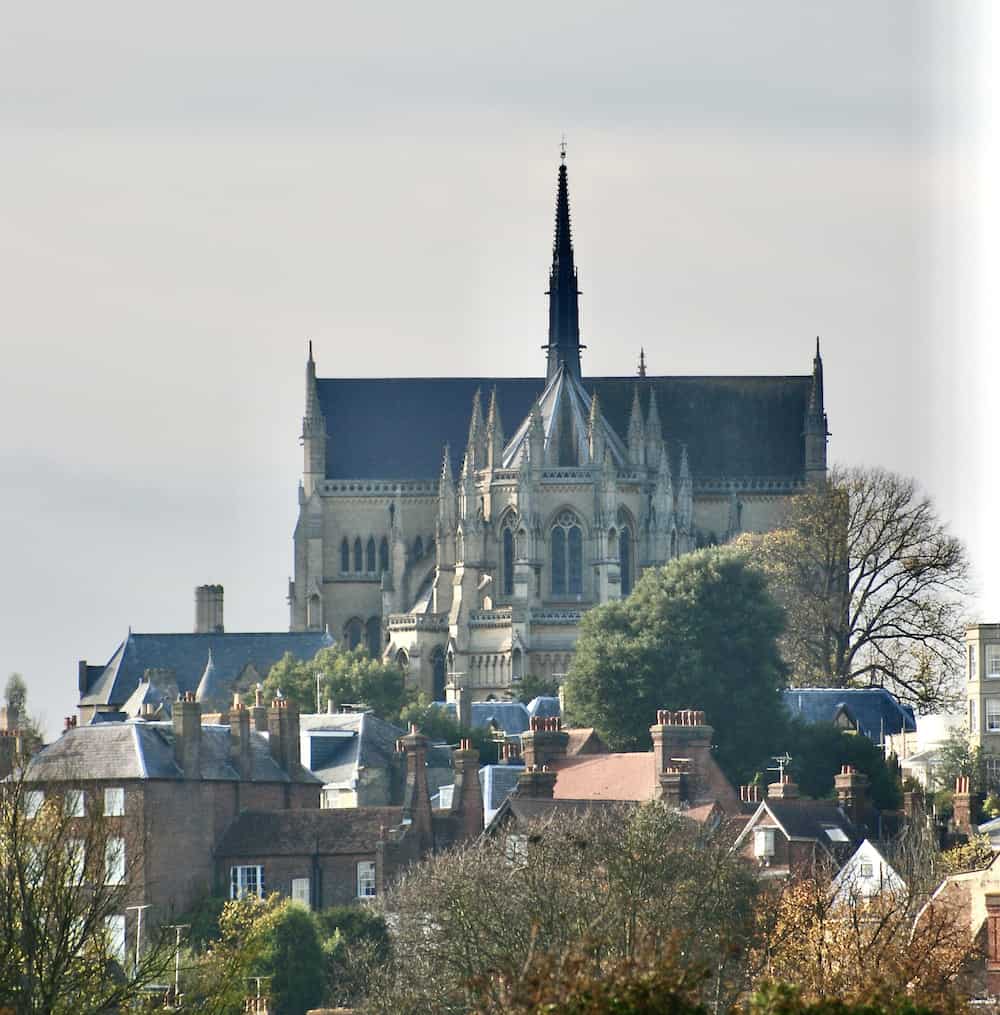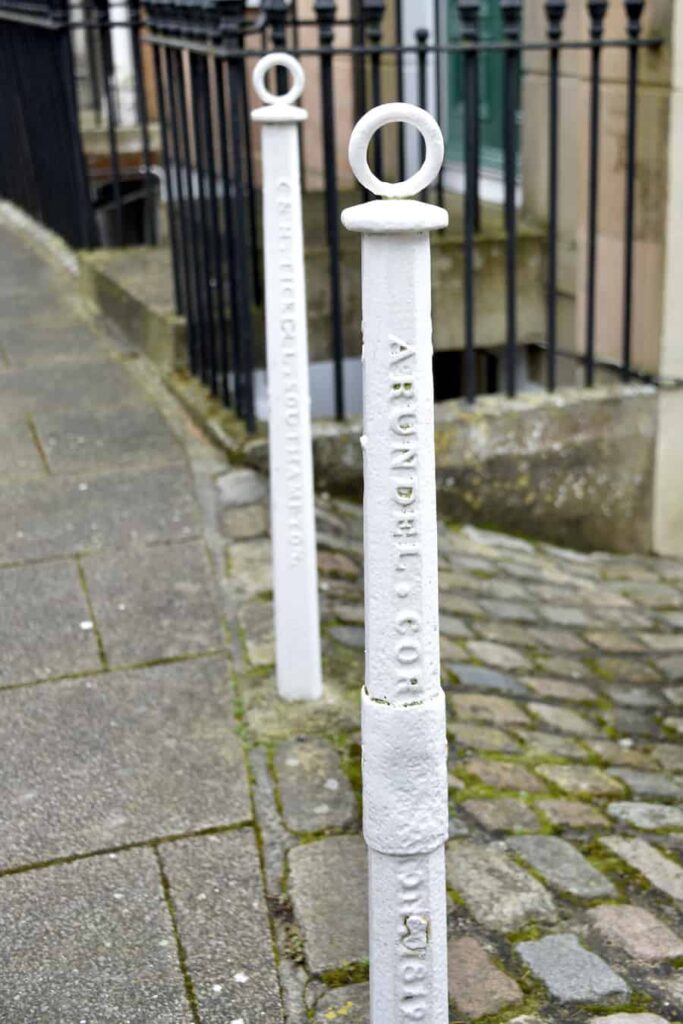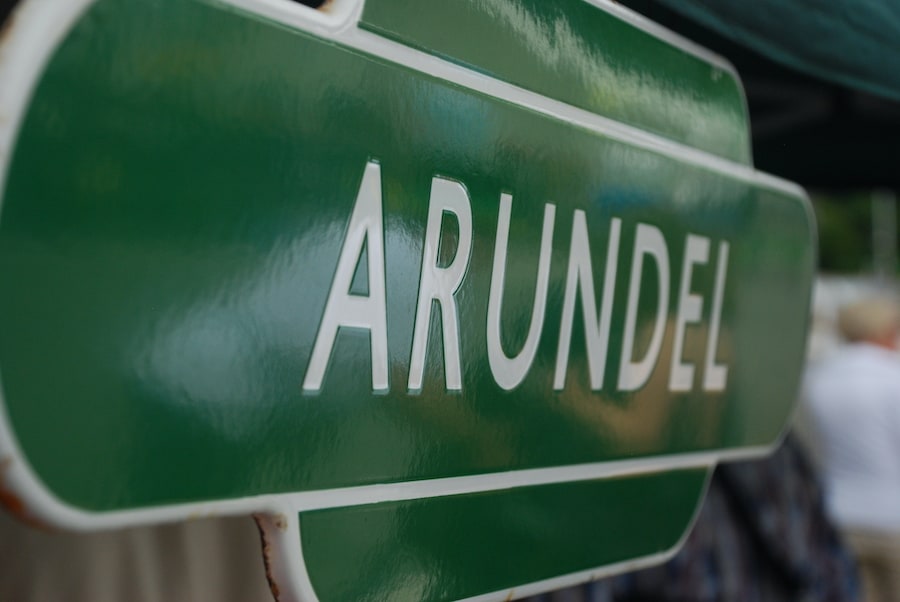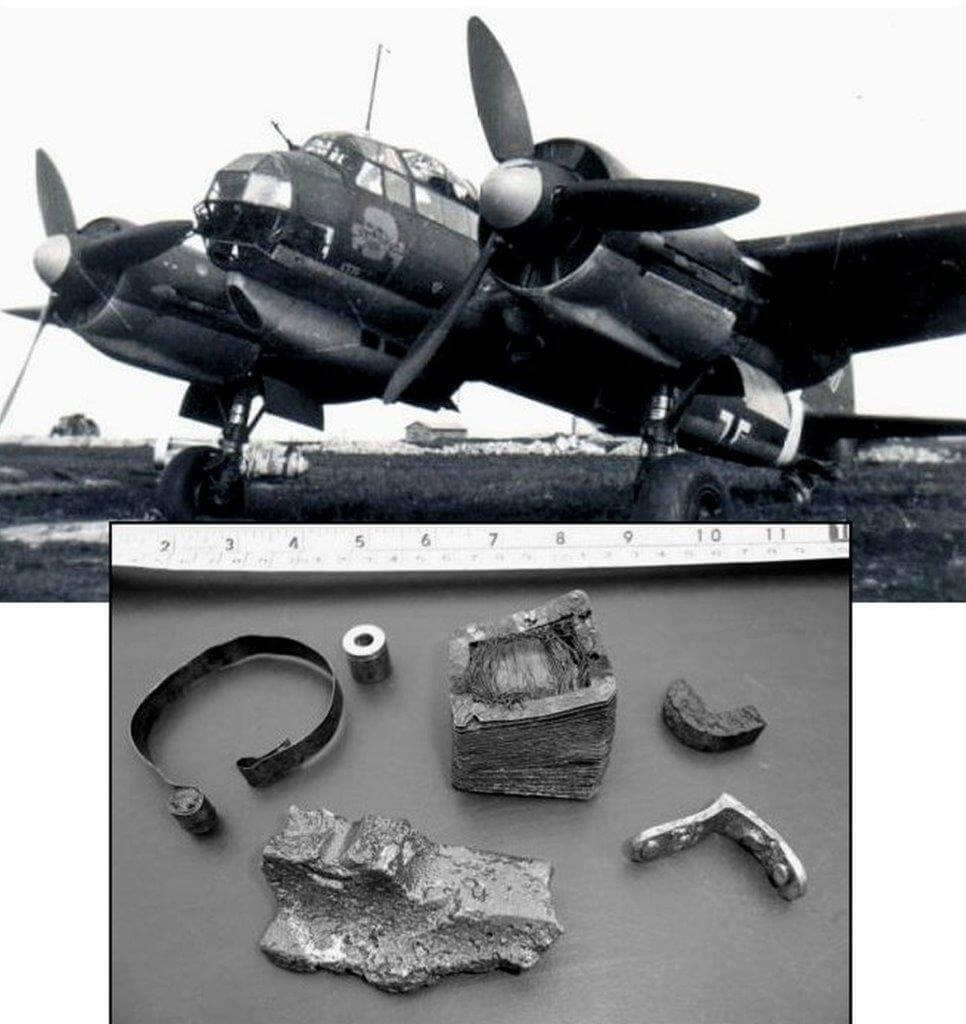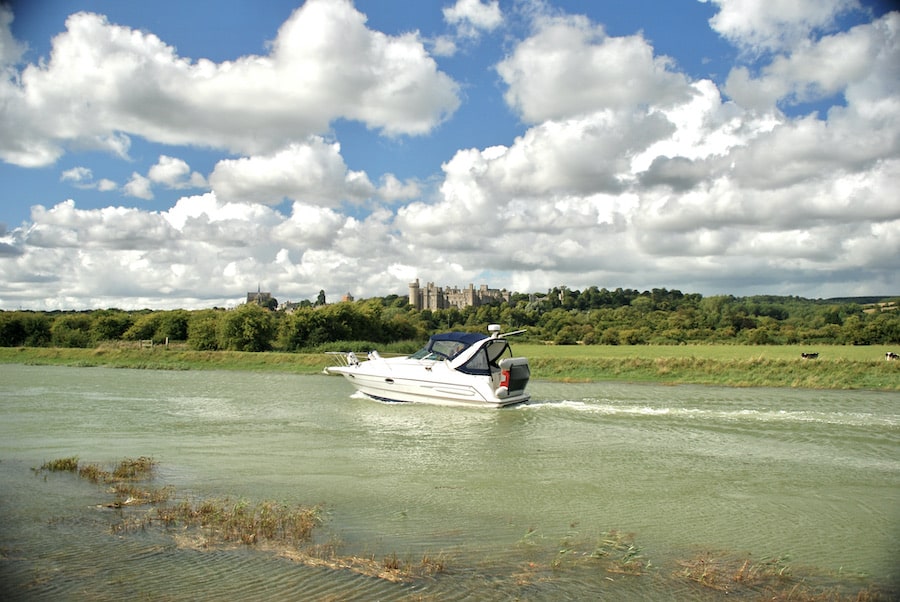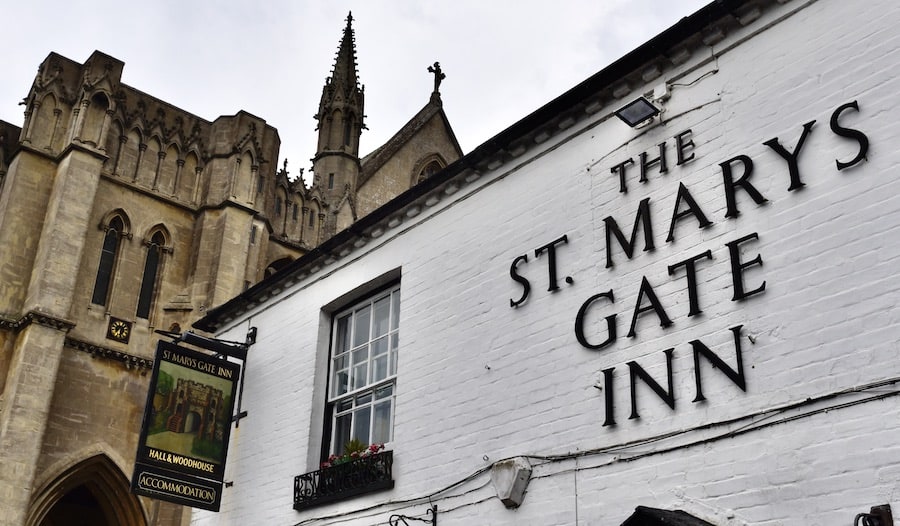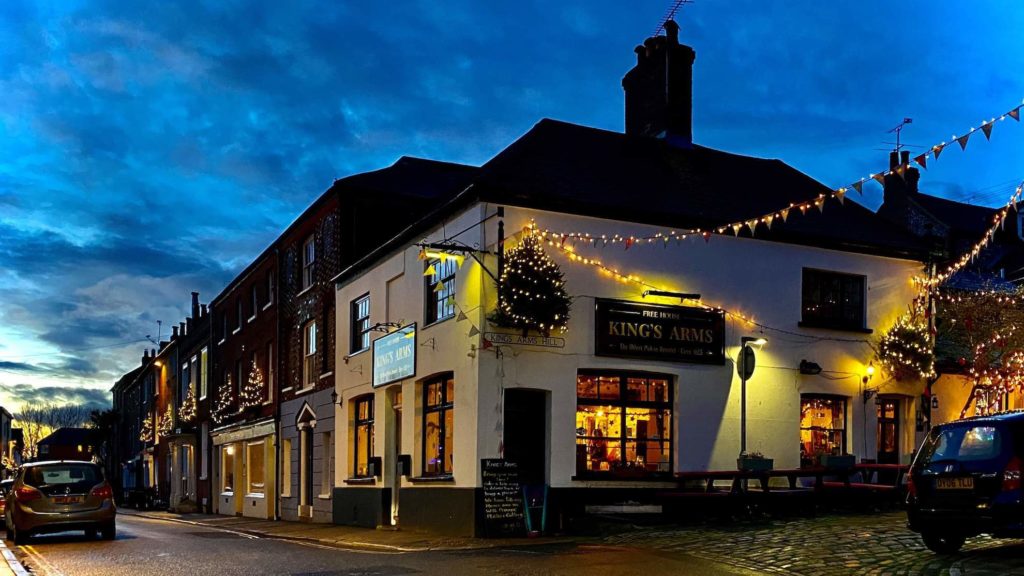Should you ever find yourself infested with fleas (well, it might happen)… Fear not! Arundel has the answer – but only on March 1st. Tradition says that you can protect yourself from flea infestations for a whole year if on that day you stand on Arundel Bridge and give yourself a good shake. You heard it here first!
